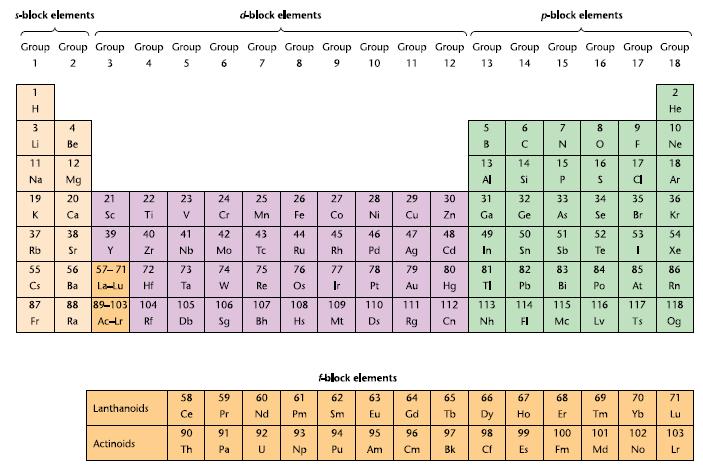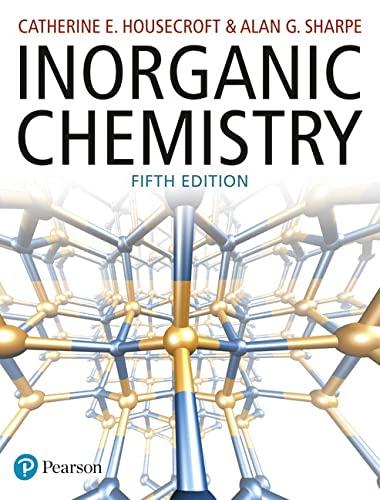Ruthenium, osmium, rhodium, iridium, palladium and platinum (Fig. 1.14) are called the platinum group metals. Most of
Question:
Ruthenium, osmium, rhodium, iridium, palladium and platinum (Fig. 1.14) are called the platinum group metals. Most of the world’s reserves of these metals are in mineral deposits in Russia, Canada and South Africa. The platinum group metals are important as catalysts for air pollution control (e.g. in catalytic converters) and in the manufacture of organic and inorganic chemicals, and they have applications in the electronics industry. Thus, countries such as the US depend upon importing the metals and upon their recycling. The table below gives import data for the US for 2013:

Plot bar charts to illustrate these data, first using mass on the vertical axis, and then using a logarithmic scale. Comment on the advantages or disadvantages of the two plots.
Figure 1.14.

Step by Step Answer:






